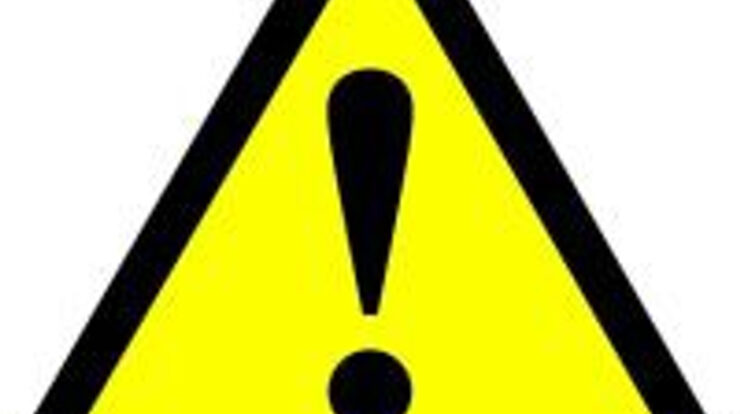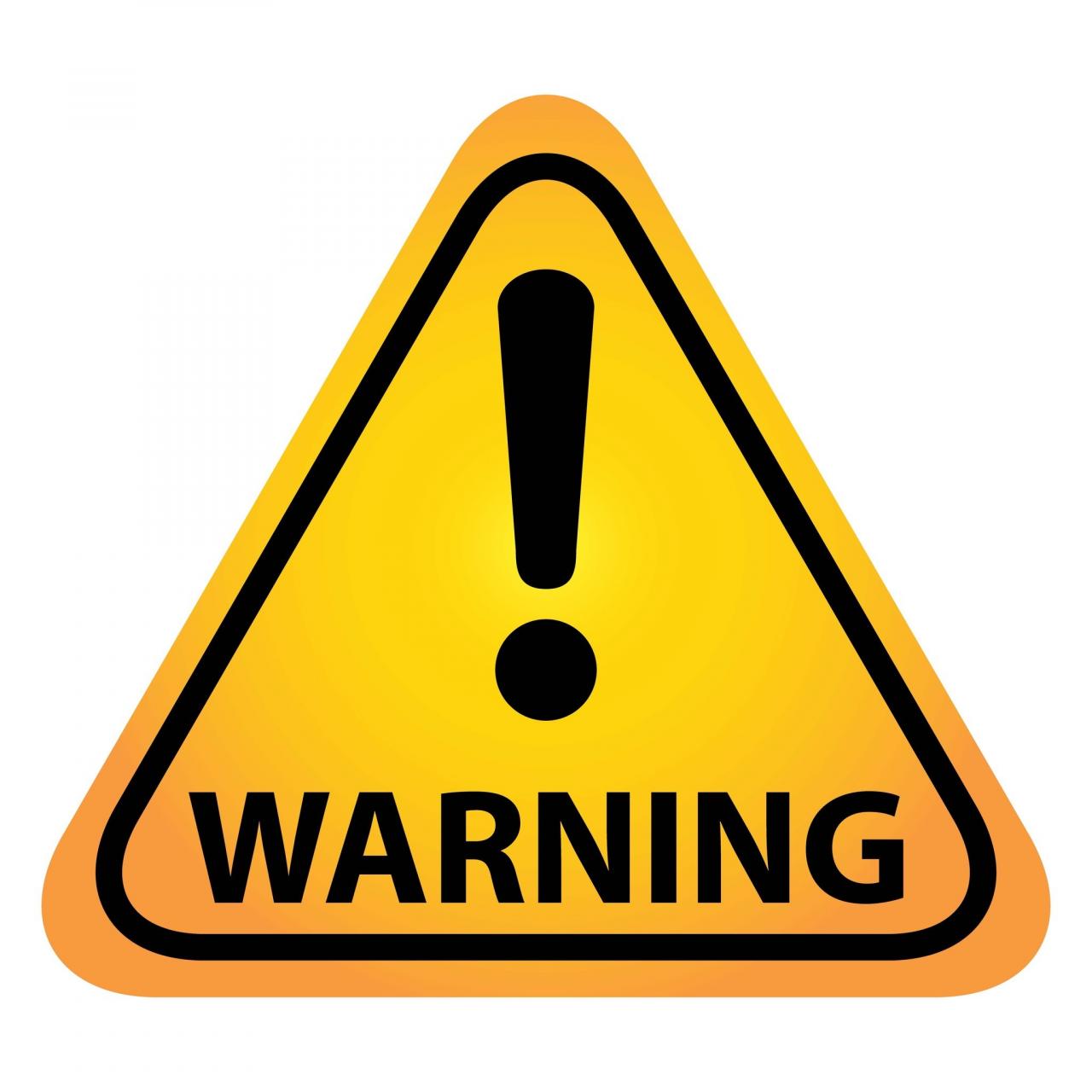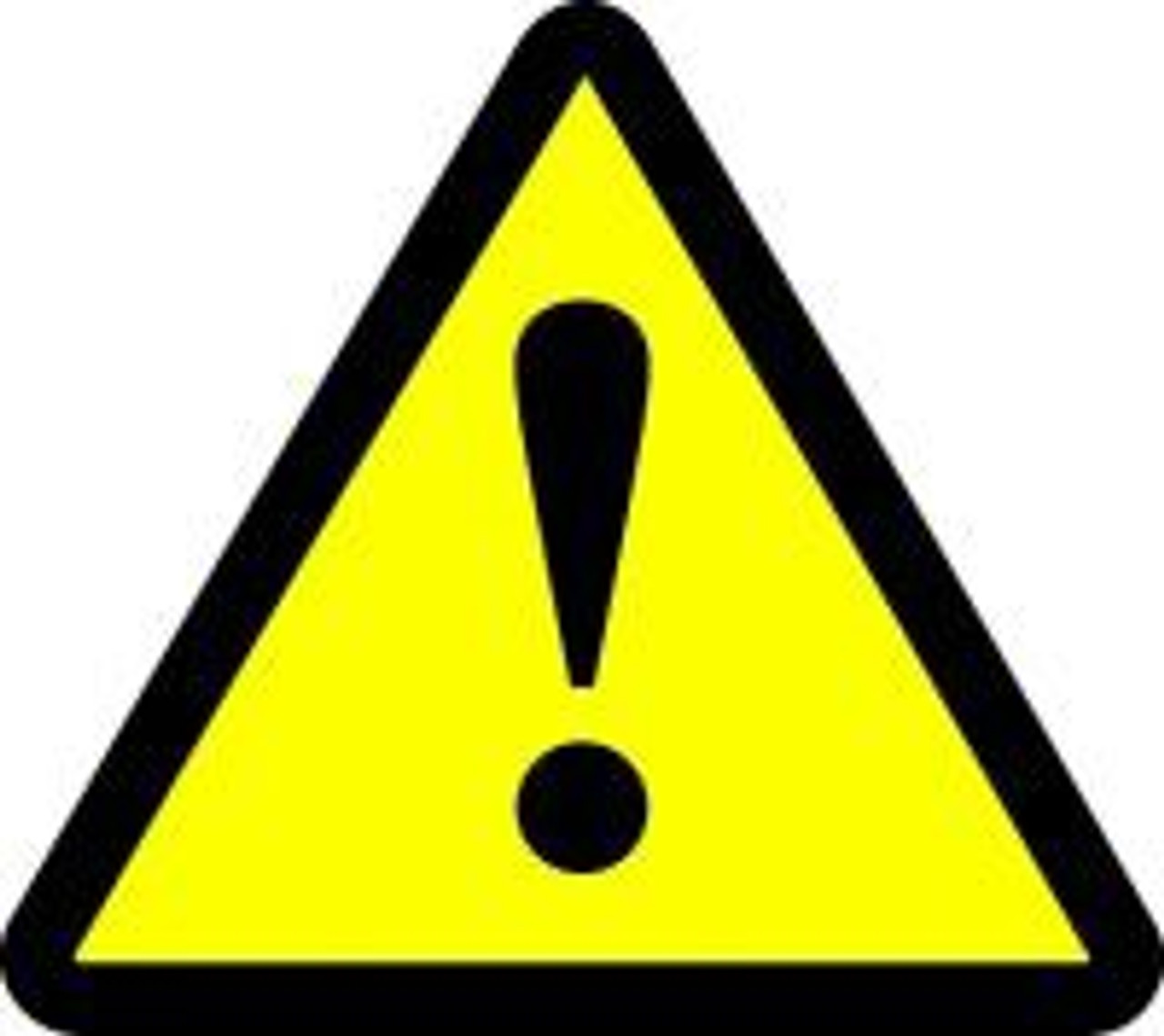
Is watch or warning worse – The distinction between a watch and a warning can have profound implications when it comes to severe weather events. Understanding the nuances between these two alert levels is crucial for effective preparedness and timely response. This article delves into the complexities of watch versus warning, examining their historical impacts, public perception, meteorological factors, communication challenges, and ethical considerations.
1. Defining Severity Levels

Weather warnings are categorized into two primary levels of severity: watches and warnings. A watch indicates that conditions are favorable for a specific weather event, while a warning means the event is imminent or already occurring. Understanding the difference between these two levels is crucial for public safety.
Watches are issued when atmospheric conditions suggest a particular weather hazard may develop within a specified time frame. For instance, a tornado watch means that the conditions are right for tornadoes to form, but none have been spotted yet. In contrast, a warning is issued when a hazardous weather event is either imminent or has been observed by weather spotters or radar.
Staying up-to-date on the latest Lakers news is crucial, and lakers watch provides the most comprehensive coverage. If you’re ever confused about the difference between a watch and a warning, is watch or warning worse breaks it down clearly. And for those wondering is a watch or warning worse , it depends on the context and severity of the situation.
Looking for a fun way to catch up with friends? Check out amazon watch party for a virtual movie night. And don’t miss the thrilling watch lakers vs nuggets game tonight!
Examples of Weather Events that Trigger Watches and Warnings, Is watch or warning worse
- Tornado Watch:Atmospheric conditions favorable for tornado formation
- Tornado Warning:Tornado has been spotted or indicated by radar
- Flash Flood Watch:Conditions conducive to flash flooding
- Flash Flood Warning:Flash flooding is occurring or imminent
- Severe Thunderstorm Watch:Conditions favorable for severe thunderstorms
- Severe Thunderstorm Warning:Severe thunderstorm has been spotted or indicated by radar
Final Summary: Is Watch Or Warning Worse

Navigating the severity levels of weather alerts requires a delicate balance between public safety and the potential for false alarms. By understanding the differences between watches and warnings, individuals and communities can make informed decisions to protect themselves and their loved ones from the potential hazards of severe weather.
Query Resolution
What is the key difference between a watch and a warning?
A watch indicates the possibility of a severe weather event occurring within a specific area, while a warning signifies that the event is imminent or already happening.
How do meteorological factors influence the issuance of watches and warnings?
Stay tuned for the latest lakers watch as the season heats up. While a “watch” and “warning” may sound similar, understanding is watch or warning worse is crucial during weather emergencies. The terms carry different implications, so it’s important to know is a watch or warning worse . Meanwhile, don’t miss out on the upcoming amazon watch party for a thrilling entertainment experience.
And for basketball enthusiasts, catch the live watch lakers vs nuggets game and witness the excitement firsthand.
Factors such as wind speed, precipitation intensity, and atmospheric instability play a crucial role in determining the severity level of a weather event and the corresponding alert issued.
What are the ethical considerations associated with issuing watches and warnings?
Balancing public safety with the potential for false alarms is a key ethical concern, as unnecessary warnings can lead to panic and resource depletion.






